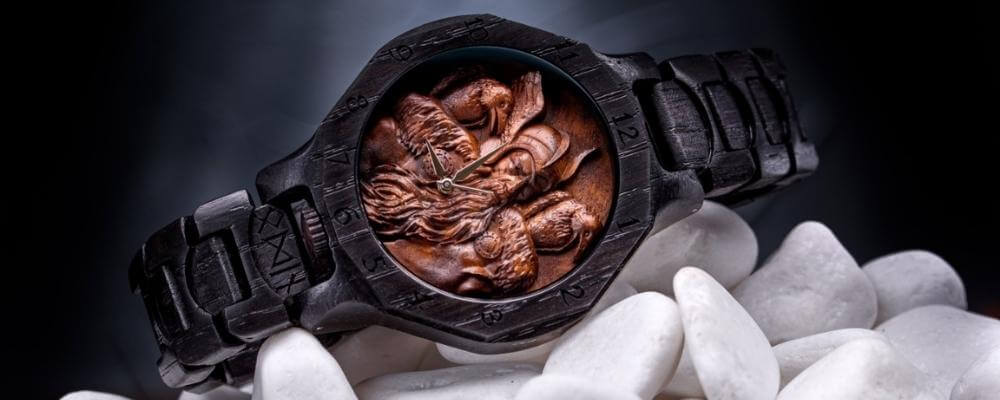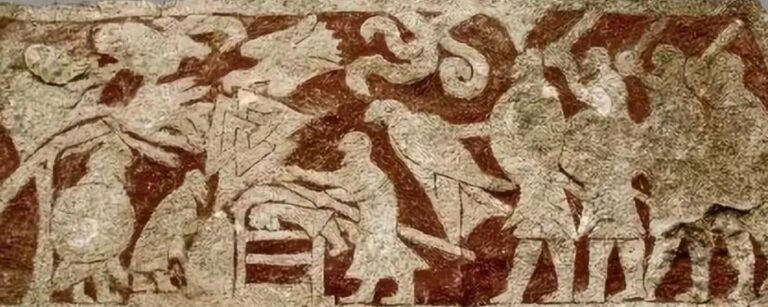
Looking at the skeletal remains surviving from the Viking world, we know that the Vikings had some knowledge of medicine and healing.
Skeletal remains from Skeljastadir in Iceland dating from 1000 to 1200 suggest that the settlement had a robust and healthy population that lived to a ripe old age for the day. We have previously talked about how the Vikings were much taller than many of their neighbors due to their relatively good diet.
We also know that the Vikings had some skill in healing wounds from the evidence of skeletons of individuals who suffered serious wounds and then recovered and lived a long life. But the Norsemen may have struggled more with diseases, as evidenced by a mass Viking grave found at Repton in England, which seems to show a group of men that died from some kind of epidemic rather than in battle.
But what exactly did the Vikings know about medicine and how did they approach healing? Let’s deep dive into what we know about medical care in the Viking age.
What’s the Evidence?
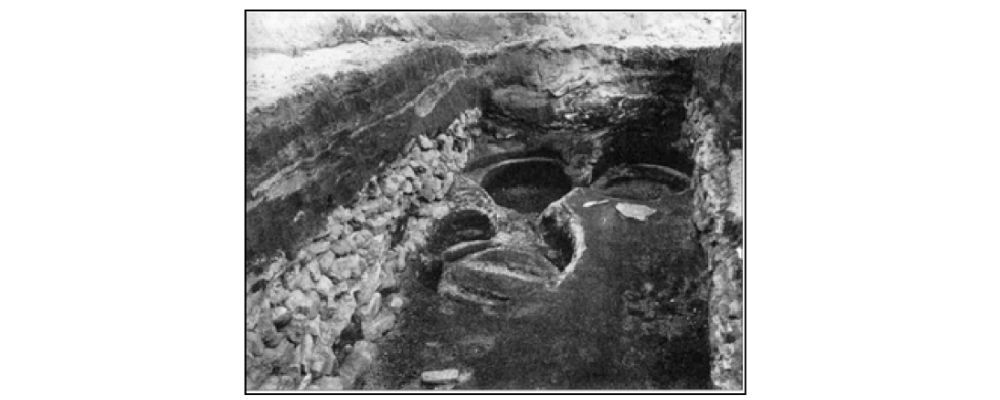
While medical interventions and spells of healing are occasionally mentioned in the Norse sagas, the Vikings were not great writers, and they did not leave behind medical volumes such as Galen’s ancient Greek corpus or the authoritative Huangdi Neijing medical text from China.
What we know of medicine and healing in the Viking age mostly comes from tantalizing snippets from versions of the sagas written in the age of Christianity and Roman medicine, and archaeology, specifically forensic anthropology and the study of skeletal remains.
Battle Scars
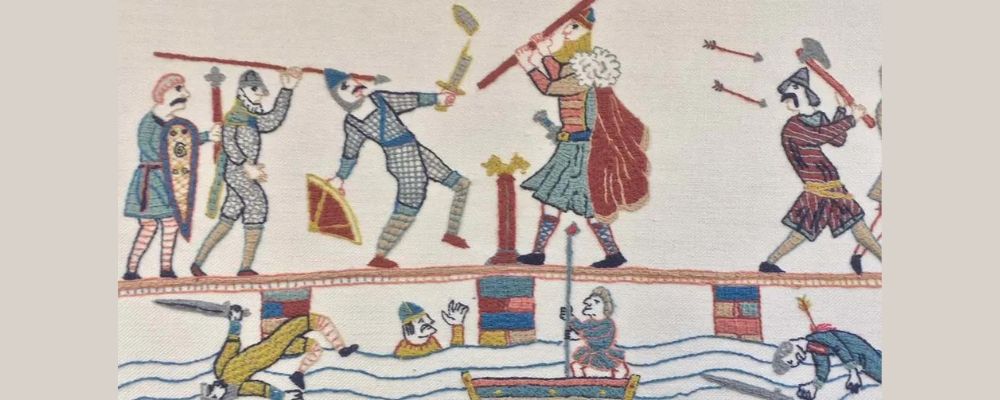
The Vikings were a warrior society, so wounds in battle were commonplace. Farms, shipyards, and forges were also fairly dangerous places to be before the age of extreme health and safety, so injury was a common occurrence in the Viking world.
It is clear that the Vikings did develop expertise in treating the injured, as evidenced by skeletal remains that show broken bones that have been set and went on to heal.
There are also references in the sagas of broken bones being treated. In Gunnlaugs saga ormstungo, the protagonist Gunnlaug twists his ankle during a wrestling match. It is then bandaged and set so that it can heal properly.
In the Islendinga saga, Loptr breaks his bone, but when it was set, the leg was too weak to walk on. He had his leg broken a second time so that it could be set properly. This time, when it healed, he was hardly lame at all.
There are also many stories of men suffering horrific wounds in battle and then continuing to fight. Some are more believable than others.
According to the Gísla saga Súrssonar, after having several spears stabbed into his stomach, Gisli wrapped his guts up in a shirt and tied them up with a cord and then continued Fighting. In the Heiðarvíga saga, Thorbjörn continued to fight after having his foot cut off.
Who Attended the Wounded?
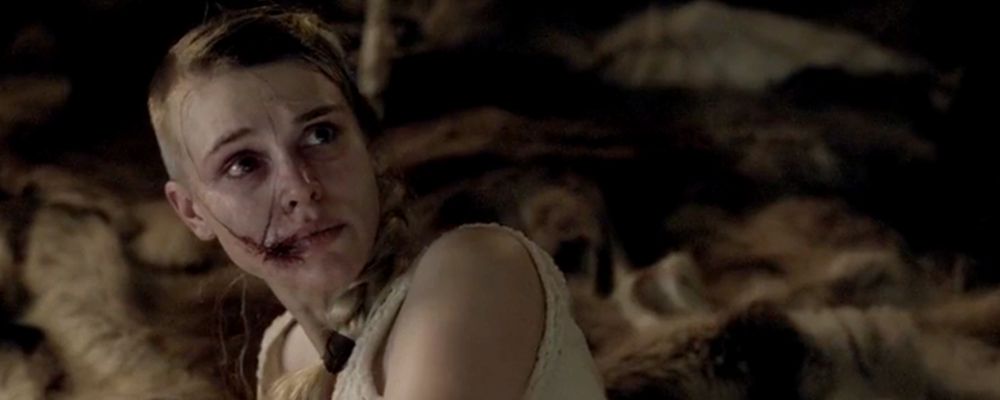
While battlefield first aid seems to have been the domain of warriors, there is also evidence of healers who specifically dealt with the injured. Healers were called Laeknir, and in chapter six of the Thórðar saga hreðu, when Indriði suffered serious wounds during a battle, he says that he might survive if a healer can see him.
In chapter 28 of Magnúss saga ins góða, King Magnús the Good chose twelve men to bandage men’s wounds after the battle on Lyrskov Moor in 1043. These men subsequently acquired reputations as medical men and established notable families of physicians. Their descendants included the famous Icelandic healer Hrafn Sveinbjarnarson. This suggests that healing became a family profession, much like the work of blacksmiths or artisans.
There is also some evidence of women fulfilling the role of healer. In the Óláfs saga Helga, Thormodr is wounded and taken to a hut where healer women are tending the injured. He had an arrowhead in his side and the healer was unsure whether it had hit any of his major organs, so she gave him a leak and onion broth.
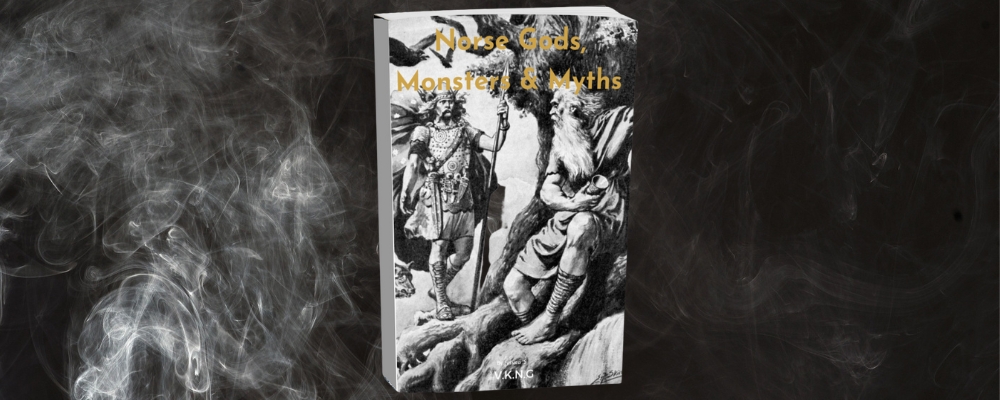
She said that if she could smell the broth after he had eaten it, she would know if his vital organs had been cut. He ignored her advice and demanded that she remove the arrowhead, which had penetrated his stomach and he died immediately.
Aftercare seems to have been the responsibility of the family. In the Víglundar saga, the brothers Víglundur and Trausti were severely wounded in a fight. Their father helped them home, where their wounds were bound. They took twelve months to recover, during which time their family must have cared for them.
However, it is noteworthy that when the goddess Eir, the goddess of healing, is mentioned in the surviving sources, she is mentioned alongside a list of the Valkyries. This is suggestive of the Viking attitude towards healers. The Valkyrie, on behalf of Odin, chose the bravest fallen warriors to dwell in the afterlife of Valhalla. Physicians may have been seen as similar servants of fate.
This may also be reflected in a passage from Eiríks saga rauða, which recounts a disease that spread through a settlement in Greenland. They created beds for the sick in the hall, but the job of the healthy was to help prepare them for death.
Disease and Curses
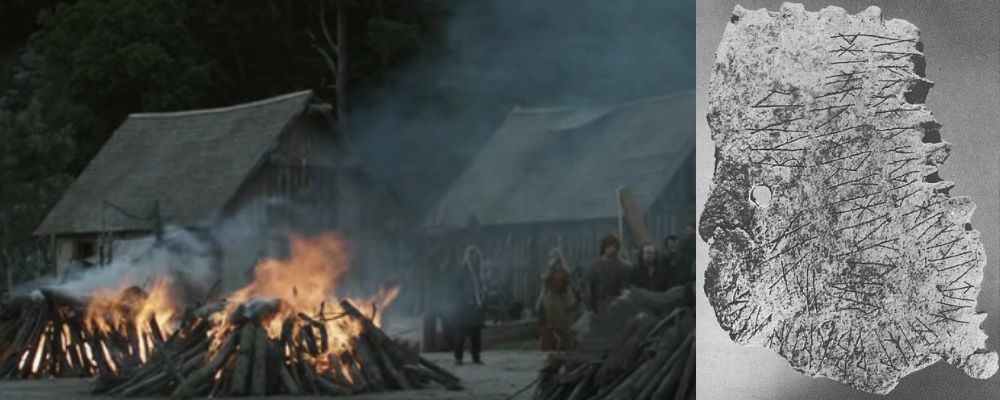
Diseases were a different matter from wounds because the cause was not obvious. It could be shocking to see a healthy Viking deteriorate quickly.
It was broadly believed in the Viking world that diseases were caused by curses, evil spirits, or the dead. Avoiding disease was seen to be more about maintaining your good luck and the protection of the gods through magic and rituals than healthy living or cleanliness. Though the Vikings were known to bathe more often than their contemporaries, at least once a week !
When it came to healing diseases, it often relied on remedies designed to banish the evil causing the illness, or rituals to invoke the favor of the dead and ask them to remove the malady that they had placed.
Healing could involve herbal remedies, and there is good evidence that herbal medicines using local plants were used. For instance, yarrow (Achillea millefolium) was used to staunch blood flow, and it was thought to be particularly effective when invoked with spells or incantations.
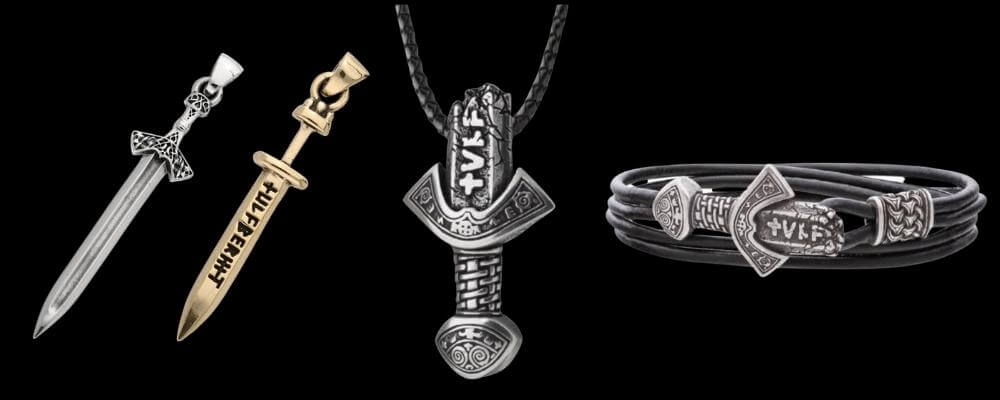
Plantain (Plantago major), known as ‘waybread’ in Old English, was another staple in the Viking healer’s kit, valued for its antiseptic and healing properties when applied to wounds.
The runes, believed to be tools for magic working, could also be used to heal. This is most famously recounted in the story of Egil. He comes across the sick daughter of a farmer and discovers that her condition has worsened because a neighboring boy, unfamiliar with the runes, created a crude and inaccurate healing rune which was inadvertently hurting the girl. Egil destroyed the rune and replaced it with the proper symbol, allowing the girl to heal.
In practice, there survives a skull fragment from Ribe in Denmark that seems to be inscribed with a healing spell, calling on Ulfr, Odin, and Hydyr to help Burr with pain and something called dwarf-stroke.
However, it is noteworthy that in the Icelandic grimoires that feature magical runic staves based partially on earlier Viking rune magic, there are no healing runes. However, there are several lucky runes, again returning to the idea that avoiding sickness was mostly a matter of maintaining your good fortune and divine favor.
While the Vikings cared for the wounded, they may have given less care to the chronically ill. In the Ljósvetninga saga, Már is described as killing his kinsman with leprosy when he is denied passage on a boat because he does not want to have to deal with them.
Midwifery and Childbirth
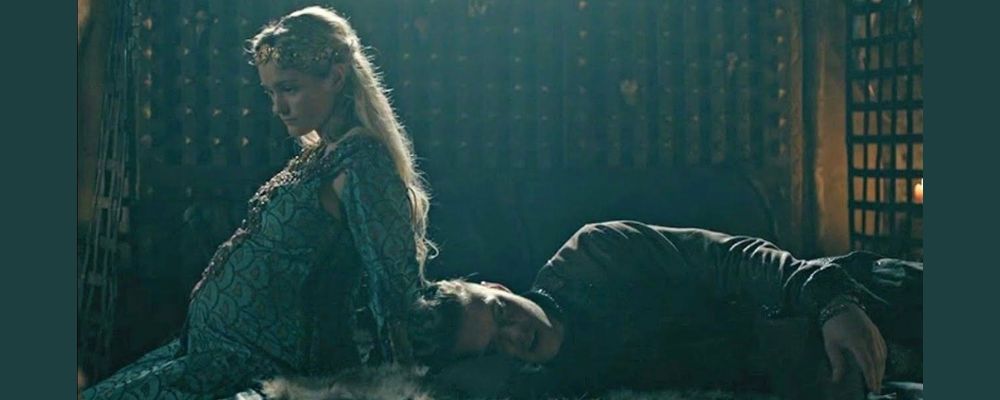
Childbirth was in some ways separate from other types of medical care. It was a female mystery, and midwives, known as bjargrygr, developed considerable skill in assisting women with successful childbirths. This is a common story across the ancient world with childbirth seen as “women’s business” rather than medicine.
Midwives would not call on Eir during childbirth, instead they called the goddesses Frigg and Freyja, often in combination. Women would also sometimes use talismans of the goddesses to protect the mother during childbirth. In the Oddrúnargrátr, the midwife sings a magical galdr song and summons Frigg and Freyja to help.
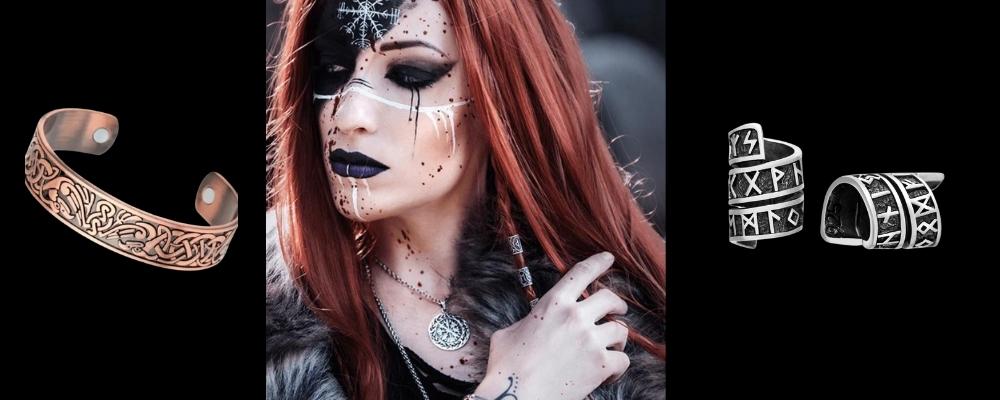
Like most ancient cultures, the Vikings also engaged in exposure, known as barnaútburðr. This is when babies that are too weak to survive or the family simply can’t afford to support are left to die. This was not considered a barbaric practice in a world where infant mortality rates were extremely high. It was considered more an act of mercy, for the infant and other children in the household who needed to be fed.
Norse Healing
As is true for many ancient cultures, Viking healing practices seem rudimentary by today’s standards. But in other ways, it was very sophisticated, with knowledge of complicated surgical techniques.
Viking techniques reflect the approach of treating what is observable. Wounds are observable and therefore relatively sophisticated treatments were developed. Diseases are more difficult to understand, and their causes are more difficult to determine. It is logical to turn to the gods and other supernatural beliefs to explain the sudden onset of illness.
The idea that health is linked to an individual’s luck and good fortune reflects Viking beliefs around the nature of the soul. You can read more about that here.
